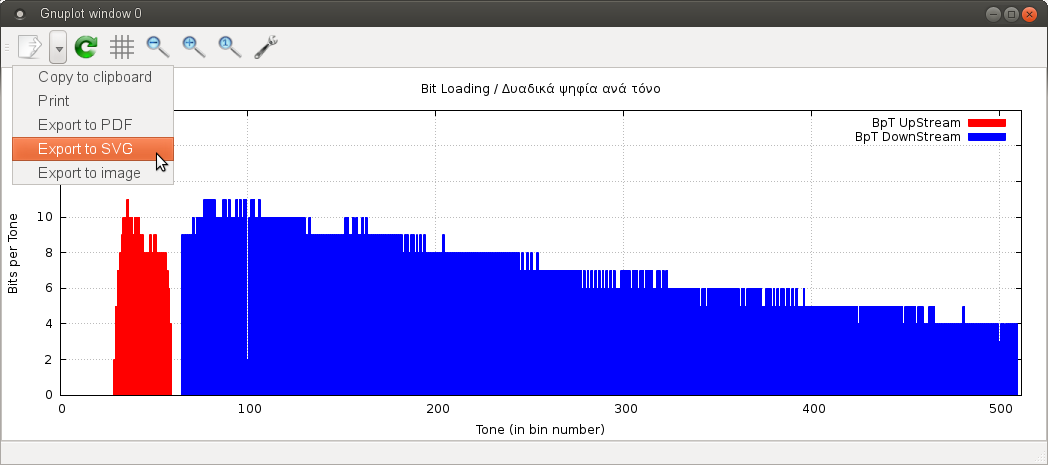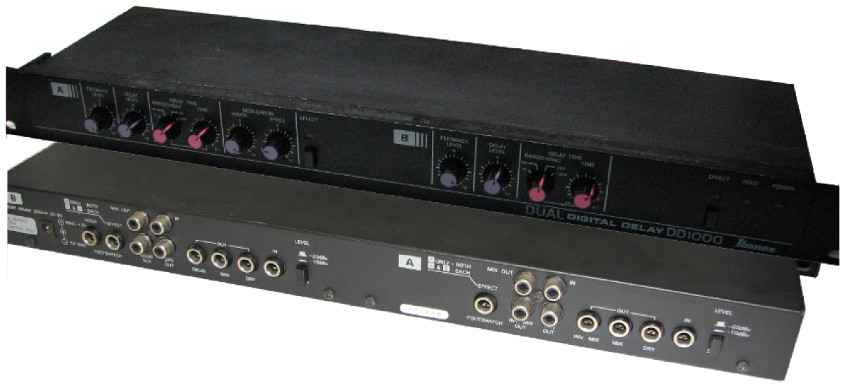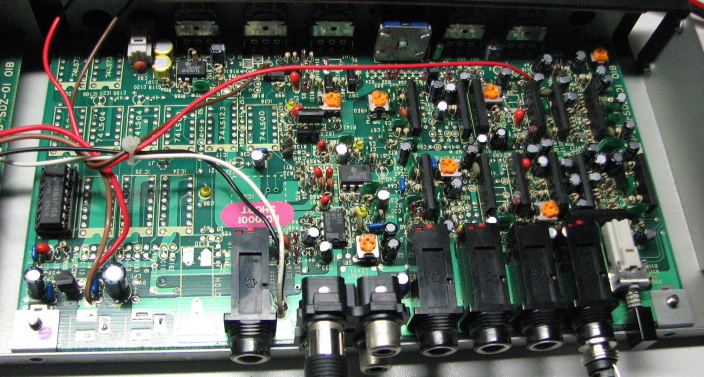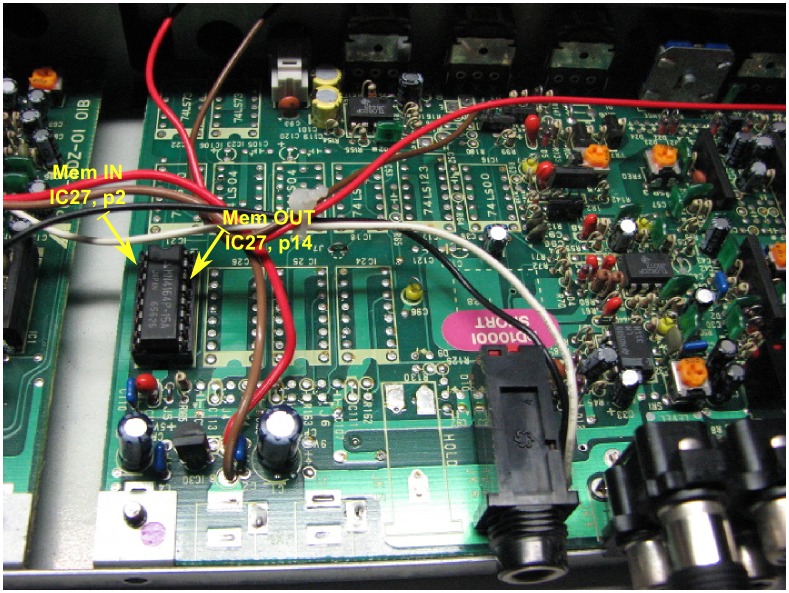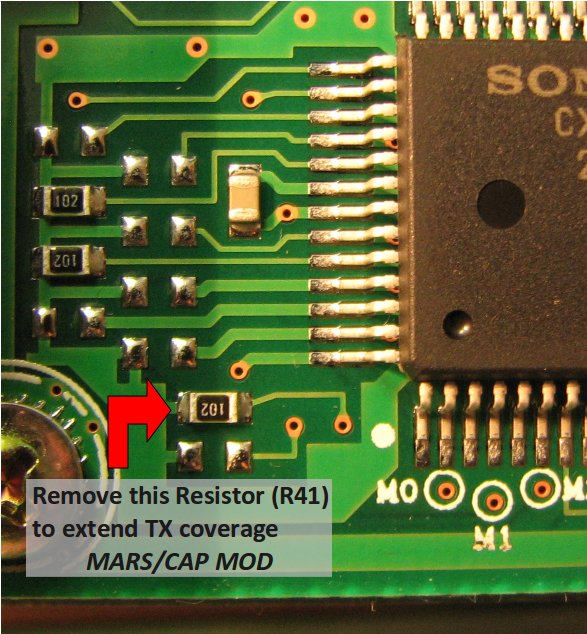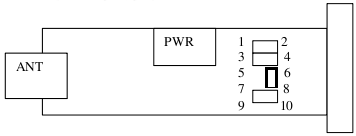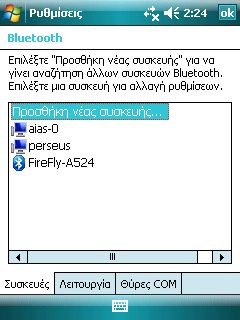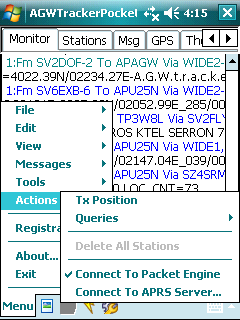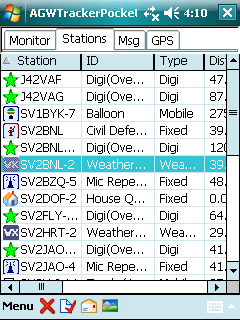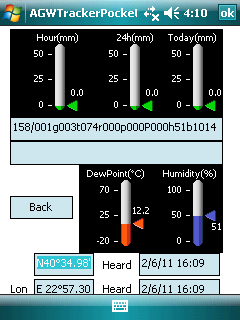Στο βιβλίο/σημειώσεις “Δίκτυα Υπολογιστών” της Γ’ ΕΠΑ.Λ., στο κεφ. 2.3 Μετάδοση Βασικής και Ευρείας ζώνης, παρουσιάζεται μια εικόνα η οποία απεικονίζει τον αριθμό των δυαδικών ψηφίων (bits) που κωδικοποιούνται σε κάθε κανάλι 4,3125 kHZ για όλο το εύρος ζώνης μιας γραμμής ADSL2+ over ISDN (μετάδοση ευρείας ζώνης) χρησιμοποιώντας την κατάλληλη τεχνική διαμόρφωσης (Discrete MultiTone).
Μια τέτοια εικόνα, με σημαντική διαγνωστική αξία για την διερεύνηση προβλημάτων σε γραμμές ADSL, μπορεί να μας δώσει το DSL Modem Tool (DMT). Το διαγνωστικό αυτό εργαλείο στηρίζεται στην εγγενή υποστήριξη διαγνωστικών ελέγχων που διαθέτουν ορισμένα chipset που χρησιμοποιούνται για την υλοποίηση ADSL Modem όπως το Broadcom BCM63xx.
Ο TP-Link TD-W8960NB είναι ένα σύστημα BCM963xx το οποίο περιλαμβάνει και άλλον περιφερειακό εξοπλισμό για την υλοποίηση ενός ολοκληρωμένου ADSL2/2+ Modem, 4-port Fast Ethernet, 300Mbps Wireless N IEEE802.11n Access Point, USB Router. Χρησιμοποιώντας έναν τέτοιο δρομολογητή, από τη γραμμή εντολών του, μπορούν να εκτελεστούν οι αντίστοιχες διαγνωστικές εντολές και τα αποτελέσματά τους να παρουσιαστούν ως διαγράμματα κάνοντας χρήση εργαλείων διαγραμμάτων όπως το gnuplot.
Τα βήματα:
- Σύνδεση στον Router:
george@perseus:~$ telnet 192.168.1.1
Trying 192.168.1.1...
Connected to 192.168.1.1.
Escape character is '^]'.
BCM96358 xDSL Router
Login: admin
Password:
>
- Εκτέλεση της κατάλληλης διαγνωστικής εντολής adsl info [–state] [–show] [–stats] [–SNR] [–QLN] [–Hlog] [–Hlin] [–HlinS] [–Bits] [–linediag] [–reset] [–vendor] [–cfg]
> adsl info --Bits
adsl: ADSL driver and PHY status
Status: Showtime
Retrain Reason: 1
Max: Upstream rate = 1032 Kbps, Downstream rate = 12864 Kbps
Path: 0, Upstream rate = 1021 Kbps, Downstream rate = 10701 Kbps
Tone number Bit Allocation
0 0
1 0
2 0
3 0
......
508 4
509 0
510 0
511 0
>
Αποθήκευση (με αντιγραφή/επικόλληση) των δεδομένων σε αρχείο π.χ. bits.dat, φροντίζοντας να κάνουμε σχόλιο (#) την πρώτη γραμμή και να αφήσουμε μια κενή γραμμή μετά το Tone number #64 για διαχωρισμό των UpLink Tones απο τους DownLink Tones
- Απεικόνιση των δεδομένων σε γράφημα με το gnuplot
george@perseus:/media/george/backup/temp$ gnuplot
G N U P L O T
Version 5.0 patchlevel 0 last modified 2015-01-01
Copyright (C) 1986-1993, 1998, 2004, 2007-2015
Thomas Williams, Colin Kelley and many others
gnuplot home: http://www.gnuplot.info
faq, bugs, etc: type "help FAQ"
immediate help: type "help" (plot window: hit 'h')
Terminal type set to 'qt'
gnuplot> load "dsl-bits2.gp
Και το περιεχόμενο του script “dsl-bits2.gp” για την απεικόνιση των δεδομένων σε γράφημα:
#
#2.3 Μετάδοση Βασικής και Ευρείας ζώνης
#
#Δευ 31 Αύγ 2015 12:44:10 μμ EEST
#BCM96358 xDSL Router
#Login: admin
#Password:
# >
# > adsl info --Bits
#adsl: ADSL driver and PHY status
#Status: Showtime
#Retrain Reason: 1
#Max: Upstream rate = 951 Kbps, Downstream rate = 12652 Kbps
#Path: 0, Upstream rate = 861 Kbps, Downstream rate = 10424 Kbps
#
#
reset
set yrange [0:16]
# x-axis in kHz
# set xrange [0:512*4.3125]
# x-axis in tone number
set xrange [0:512]
set title "Bit Loading / Δυαδικά ψηφία ανά τόνο"
#set xtics (0,32,64,128,256,384,511)
set grid ytics lc rgb "#bbbbbb" lw 1 lt 0
set grid xtics lc rgb "#bbbbbb" lw 1 lt 0
set xlabel "Tone (in bin number)"
set ylabel "Bits per Tone"
set style fill solid
# uncomment the following command to use frequency (kHz) instead of data Bin number (Tone) in X-axis, remember to modify set xrange
#plot "bits.dat" index 0 using ($1*4.3125):2 with boxes title "BpT UpStream" lc "red",'' index 1 using ($1*4.3125):2 with boxes title "BpT DownStream" lc "blue"
# uncomment the following command to use data Bin number (Tone) instead of frequency (kHz) in X-axis, remember to modify set xrange
plot "bits.dat" index 0 using ($1):2 with boxes title "BpT UpStream" lc "red",'' index 1 using ($1):2 with boxes title "BpT DownStream" lc "blue"
- Αποθήκευση του διαγράμματος ως εικόνα PNG ή SVG κατάλληλη για περαιτέρω επεξεργασία με πρόγραμμα επεξεργασίας διανυσματικών γραφικών όπως το inkscape. Ακολούθως μπορεί να χρησιμοποιηθεί για την τεκμηρίωση της αναφοράς επιδόσεων, περιγραφής προβλημάτων και εκτίμησης πιθανών λύσεων / διορθωτικών ενεργειών.
Παρατηρήσεις:
Ένας τέτοιος δρομολογητής, υποστηρίζει μια ποικιλία εντολών στο CLI, όπως οι παρακάτω:
> ?
?, help, logout, exit, quit, reboot, adsl, xtm, brctl, cat, loglevel, logdest, virtualserver, ddns, df, dumpcfg, dumpmdm, meminfo, syslog, psp, echo, ifconfig, kill, ping, ps, pwd, sntp, sysinfo, tftp, wlctl, arp, defaultgateway, dhcpserver, dns, lan, lanhosts, passwd, ppp, restoredefault, route, save, swversion, wan
Πιο συγκεκριμένα, η adsl εμφανίζει μια ποικιλία διαγνωστικών πληροφοριών, όπως φαίνεται από τη σύνταξή της, με αρκετά σημαντική την δυνατότητα εκτίμησης του SNR της γραμμής συναρτήσει της συχνότητας (ή για κάθε tone number).
> adsl
Usage: adsl start [–up] [–mod <a|d|l|t|2|p|e|m>] [–lpair <(i)nner|(o)uter>]
[–trellis <on|off>] [–snr <snrQ4>] [–bitswap <on|off>] [–sesdrop <on|off>] [–sra <on|off>]
[–CoMinMgn <on|off>] [–i24k <on|off>] [–phyReXmt <on|off>]
adsl stop
adsl connection [–up] [–down] [–loopback] [–reverb]
[–medley] [–noretrain] [–L3] [–diagmode] [–L0]
[–tones]
adsl configure [–mod <a|d|l|t|2|p|e|madsl>] [–lpair <(i)nner|(o)uter>]
[–trellis <on|off>] [–snr <snrQ4>] [–bitswap <on|off>] [–sesdrop <on|off>] [–sra <on|off>]
[–CoMinMgn <on|off>] [–i24k <on|off>] [–phyReXmt <on|off>]
bert [–start <#seconds>] [–stop] [–show]
adsl afelb [–time <sec>] [–tones] [–signal <1/2/8>]
adsl qlnmntr [–time <sec>] [–freq <msec>]
adsl inm [–start <BB_THRESH 10*dB> <INMAITO> <INMIATS>] [–stop] [–show]
adsl diag [–logstart <nBytes>] [–logpause] [–logstop] [–loguntilbufferfull <nBytes>] [–loguntilretrain <nBytes>]
adsl info [–state] [–show] [–stats] [–SNR] [–QLN] [–Hlog] [–Hlin] [–HlinS] [–Bits]
[–linediag] [–reset] [–vendor] [–cfg]
adsl –version
adsl –help
>


